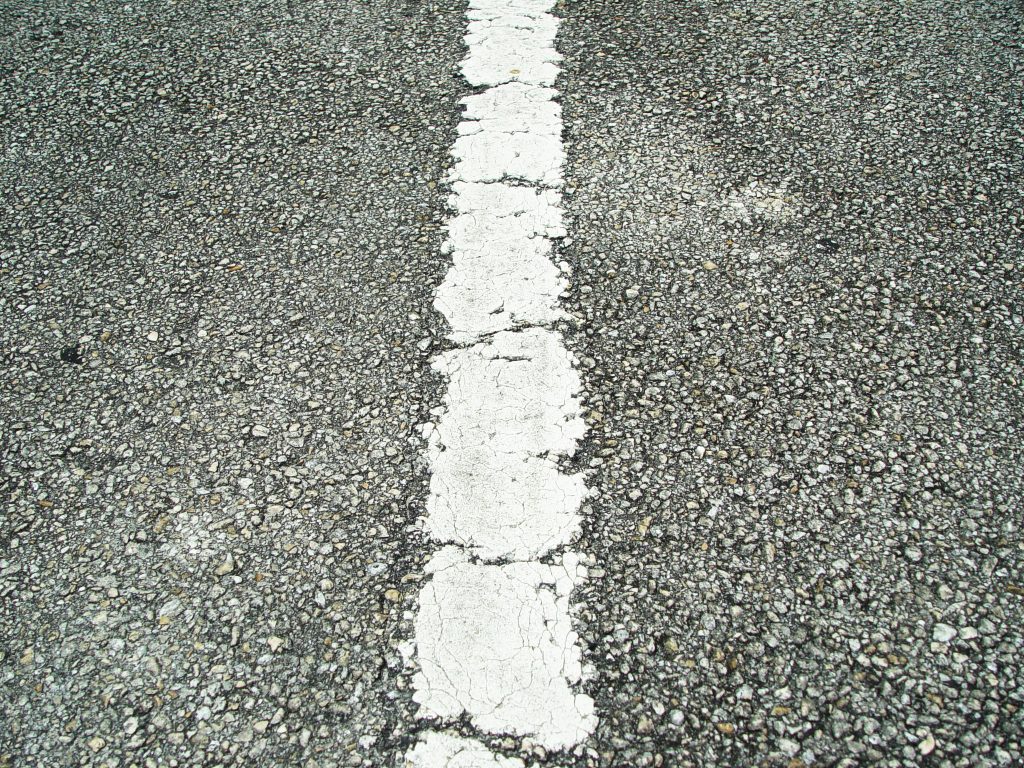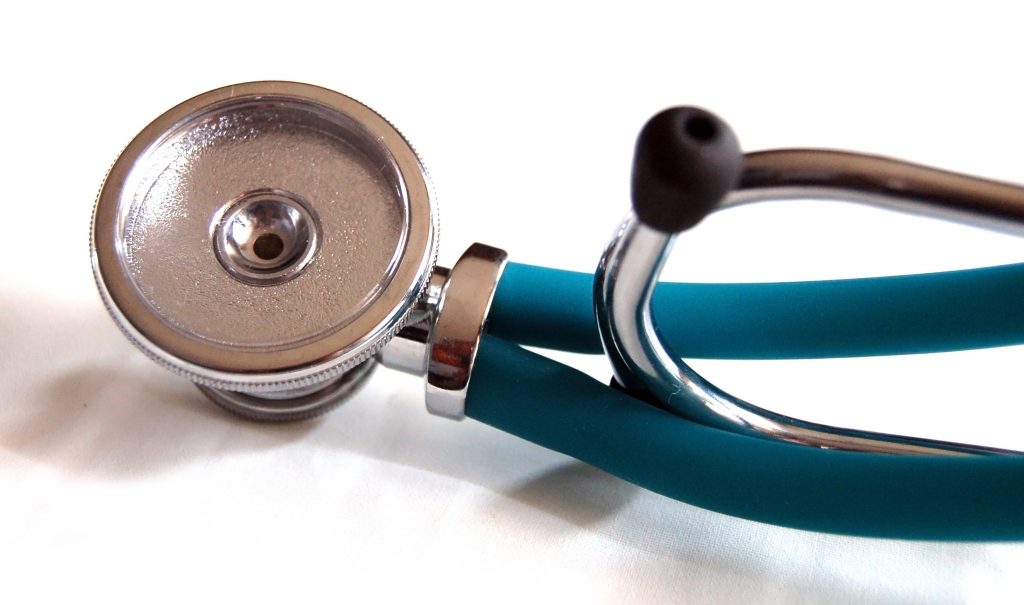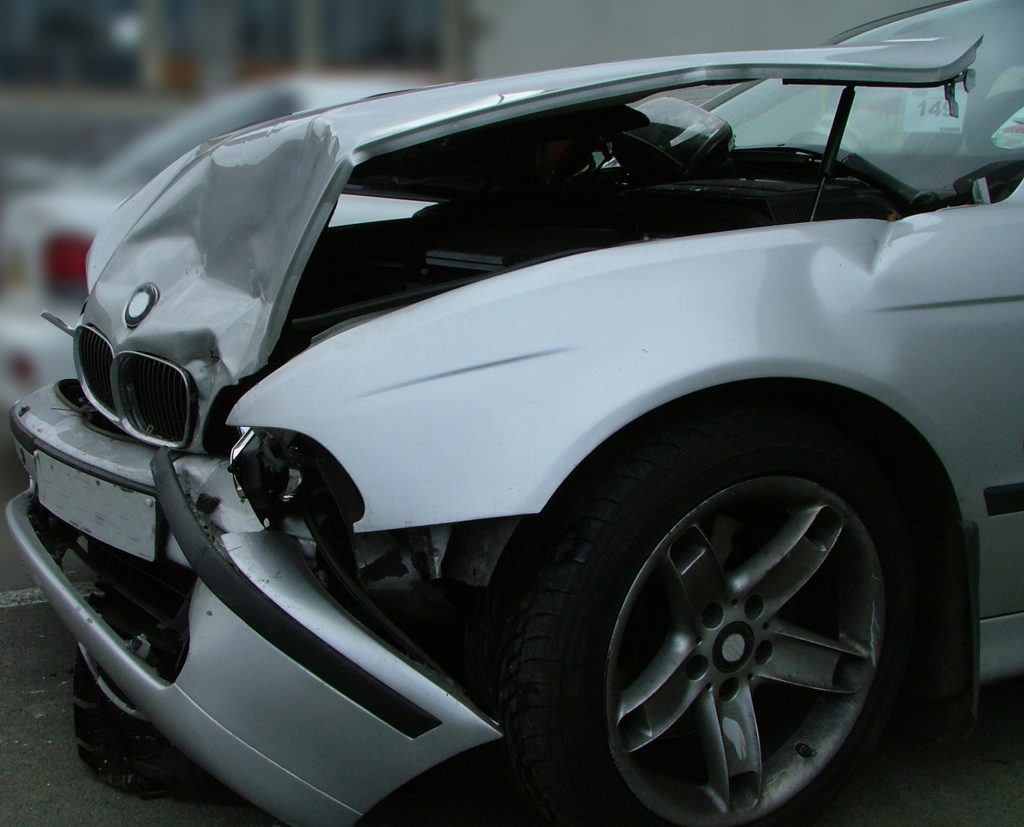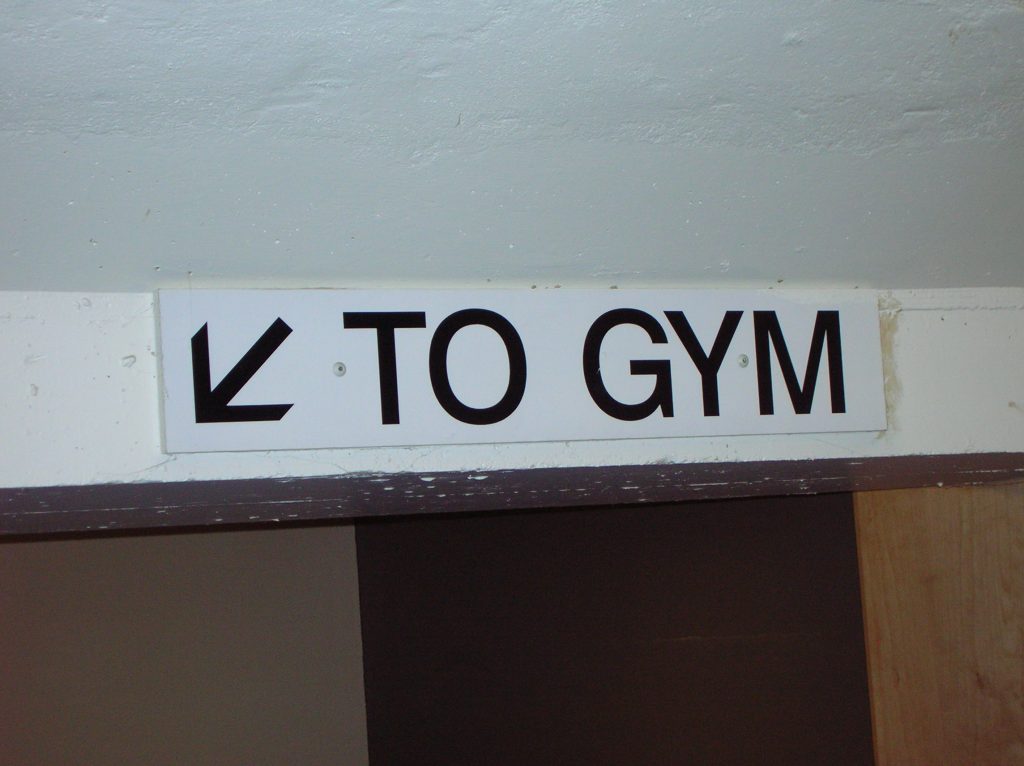 When multiple companies work together on a project that causes an injury how is liability decided between the companies? That was the case when two Parish of Jackson truck drivers and their trucks were sprayed with acid from a broken hose. The two companies in charge of the project pointed the finger at each other and tried to avoid liability. This case deals with issues of negligence in inspection and the importance of causation in a negligence claim.
When multiple companies work together on a project that causes an injury how is liability decided between the companies? That was the case when two Parish of Jackson truck drivers and their trucks were sprayed with acid from a broken hose. The two companies in charge of the project pointed the finger at each other and tried to avoid liability. This case deals with issues of negligence in inspection and the importance of causation in a negligence claim.
Two independent contractor truck drivers, Gregory Robert and Earl Pania, were hired by Turner Specialty Services (Turner) to supply truckloads of hydrochloric acid to clean pulp mill tanks for RockTenn CP, L.L.C. (RockTenn). Mr. Robert’s truck was the first to pump acid into the tank while Mr. Pania waited to go next. Turner employee William Thomas pumped nine gallons of acid when the measuring gauge stopped. Mr. Thomas stopped pumping, checked his equipment supplied by Turner, and found no problem. RockTenn was asked to check its equipment and RockTenn found no problem and instructed Mr. Thomas to resume pumping acid. The acid still did not pump.
Mr. Thomas increased the pressure on Turner’s pump on his next attempt. The Turner hose ruptured, sprayed Mr. Thomas with acid, as well as Mr. Robert and Mr. Pania’s trucks. Mr. Robert and Mr. Pania also claimed to have come into contact with the acid fumes and that their trucks were damaged from the acid.
 Louisiana Personal Injury Lawyer Blog
Louisiana Personal Injury Lawyer Blog



 The workers’ compensation system exists to compensate employees when a work-related accident occurs. Frequently, however, employers will attempt to deny or at least curtail benefits. One common tactic is to blame an employee’s injuries on a pre existing medical condition rather than the work accident. But does this excuse really work when a tree falls on an employee’s head? As far fetched as it sounds, this was the scenario when an Ouachita Parish employer attempted to stop paying benefits after a tree accident.
The workers’ compensation system exists to compensate employees when a work-related accident occurs. Frequently, however, employers will attempt to deny or at least curtail benefits. One common tactic is to blame an employee’s injuries on a pre existing medical condition rather than the work accident. But does this excuse really work when a tree falls on an employee’s head? As far fetched as it sounds, this was the scenario when an Ouachita Parish employer attempted to stop paying benefits after a tree accident.  Automobile accidents are an unfortunately common occurrence; becoming increasingly more common with the temptations of texting and social media use while driving. While not all accidents result in life-threatening injuries, they do most often come with at least the headache of assigning fault. Figuring out who was at fault sometimes comes down to a game of “he said, she said” before a judge or jury. And as the Louisiana Fifth Circuit Court of Appeal recently explained, the judge or jury’s interpretation of that game is difficult to reverse.
Automobile accidents are an unfortunately common occurrence; becoming increasingly more common with the temptations of texting and social media use while driving. While not all accidents result in life-threatening injuries, they do most often come with at least the headache of assigning fault. Figuring out who was at fault sometimes comes down to a game of “he said, she said” before a judge or jury. And as the Louisiana Fifth Circuit Court of Appeal recently explained, the judge or jury’s interpretation of that game is difficult to reverse.  Medical malpractice suits are notorious in the legal community as being difficult and expensive cases. One reason why these cases are so difficult is because lawyers must hire and rely on numerous experts to argue why a professional should, or should not be, liable. But what happens when a plaintiff in a medical malpractice suit cannot find an expert to support his or her claim? A recent medical malpractice case involving a gynecologist illustrates this exact problem.
Medical malpractice suits are notorious in the legal community as being difficult and expensive cases. One reason why these cases are so difficult is because lawyers must hire and rely on numerous experts to argue why a professional should, or should not be, liable. But what happens when a plaintiff in a medical malpractice suit cannot find an expert to support his or her claim? A recent medical malpractice case involving a gynecologist illustrates this exact problem. Sometimes judges and juries make mistakes that prevent injured parties from obtaining the relief they deserve. Both judges and juries can be swayed by arguments and make rulings that seem contrary to the weight of the evidence presented at trial. In such a situation, it is important to have an
Sometimes judges and juries make mistakes that prevent injured parties from obtaining the relief they deserve. Both judges and juries can be swayed by arguments and make rulings that seem contrary to the weight of the evidence presented at trial. In such a situation, it is important to have an  Many people own a gym membership but upwards of 80% of those people fail to regularly go to the gym. If you find yourself infrequently inside of a gym, it can seem like a strange place. There are many different machines and sometimes it isn’t so clear how to properly use those machines. Indeed, misuse of gym equipment can result in serious injury. So what sort of duty does a gym owe to its members? The following case may help shed some light on this issue.
Many people own a gym membership but upwards of 80% of those people fail to regularly go to the gym. If you find yourself infrequently inside of a gym, it can seem like a strange place. There are many different machines and sometimes it isn’t so clear how to properly use those machines. Indeed, misuse of gym equipment can result in serious injury. So what sort of duty does a gym owe to its members? The following case may help shed some light on this issue.  A lawsuit out of Lafayette Parish demonstrates how Louisiana law allocates workers’ compensation benefits. To qualify for benefits, an employee must be injured during the course of employment. Temporary Total Disability (TTD) Benefits are paid while the employee is unable to work due to an injury. Supplemental Earnings Benefits (“SEB”) are a bit more technical. SEBs are paid when the injured worker has reached “maximum medical improvement” and is no longer eligible for TTD, but is incapable of earning 90% of pre-accident wages.
A lawsuit out of Lafayette Parish demonstrates how Louisiana law allocates workers’ compensation benefits. To qualify for benefits, an employee must be injured during the course of employment. Temporary Total Disability (TTD) Benefits are paid while the employee is unable to work due to an injury. Supplemental Earnings Benefits (“SEB”) are a bit more technical. SEBs are paid when the injured worker has reached “maximum medical improvement” and is no longer eligible for TTD, but is incapable of earning 90% of pre-accident wages.  When you get hurt on the job, it is common to seek workers’ compensation benefits to help with the costs of your injury. However, the employer will likely at some point seek to diminish or cease payment altogether. In a recent case out of the Parish of Calcasieu, we learn just how far an employer must go in helping a former employee find a replacement job before reducing benefits.
When you get hurt on the job, it is common to seek workers’ compensation benefits to help with the costs of your injury. However, the employer will likely at some point seek to diminish or cease payment altogether. In a recent case out of the Parish of Calcasieu, we learn just how far an employer must go in helping a former employee find a replacement job before reducing benefits.  Peanuts and cracker jacks are two cornerstones of the game of baseball. However, surgery is not. Yet, when one little leaguer got struck by a baseball during practice, the league’s insurer tried to get out of picking up some of his medical bills. The Louisiana Third Circuit Court of Appeal, however, was not going to let the insurance company off so easily.
Peanuts and cracker jacks are two cornerstones of the game of baseball. However, surgery is not. Yet, when one little leaguer got struck by a baseball during practice, the league’s insurer tried to get out of picking up some of his medical bills. The Louisiana Third Circuit Court of Appeal, however, was not going to let the insurance company off so easily.